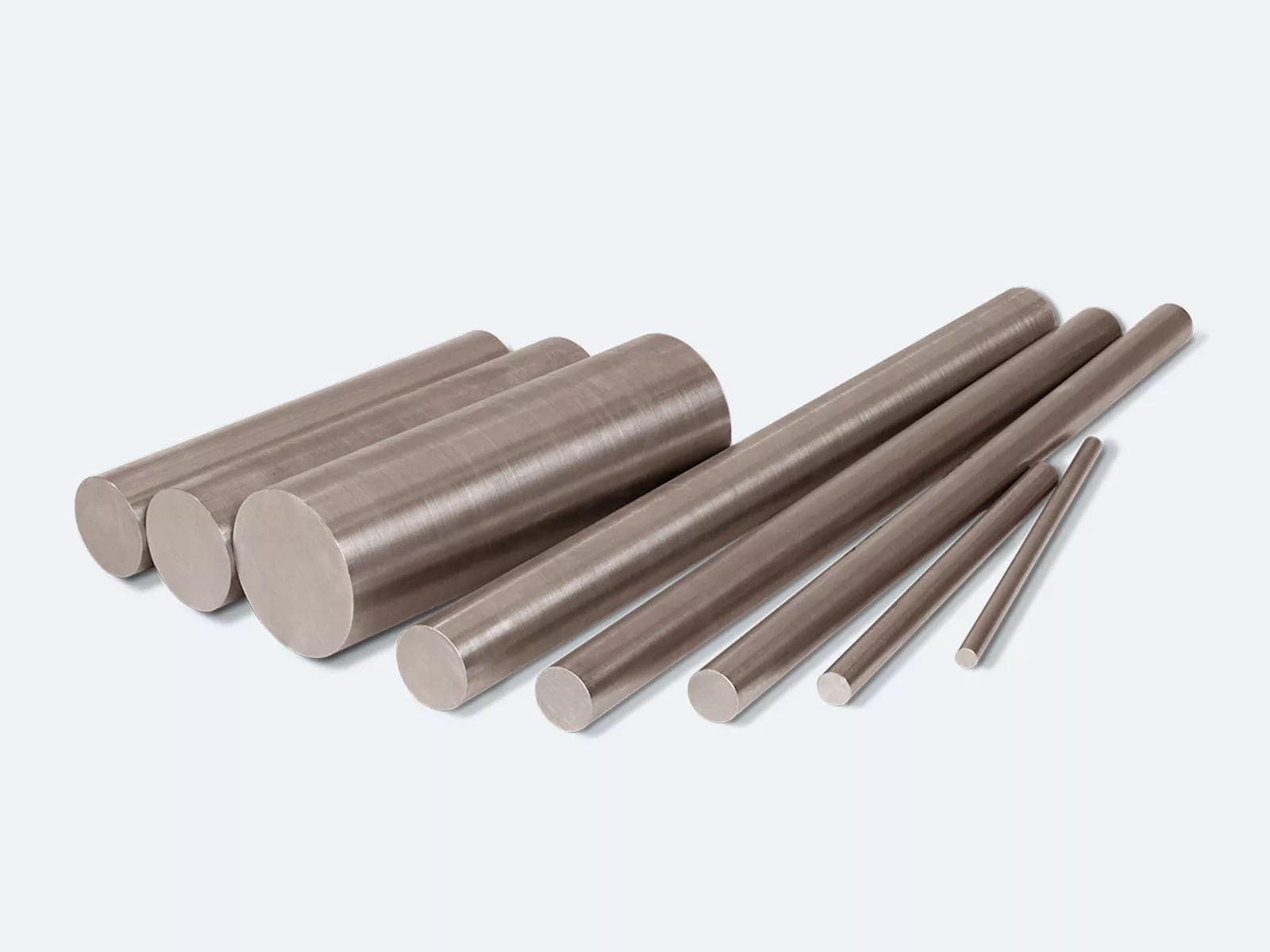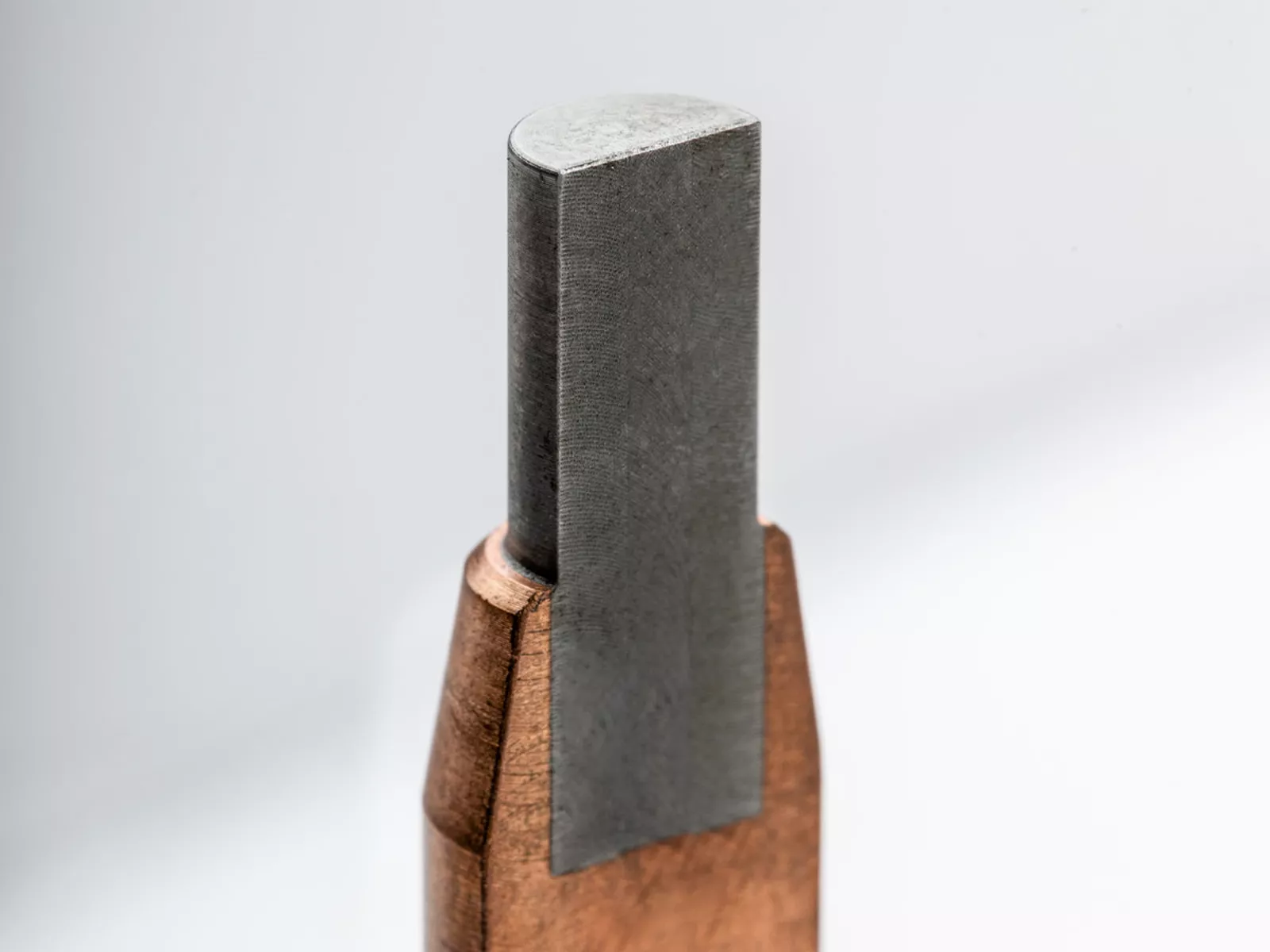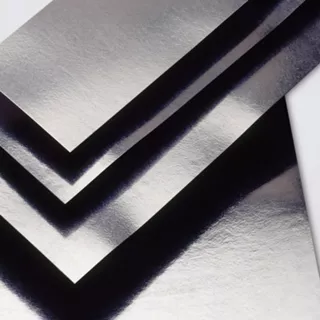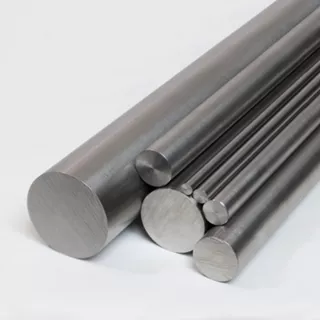Would you like some more detailed information about our products? Feel free to request our product specifications.

Tungsten and molybdenum electrodes for resistance welding
In the resistance welding process, the parts to be joined are pressed together and heated by an electric current until a molten pool forms at individual points between them. This process requires high currents and high pressing forces.
When welding thick sheets, the forces between the electrode and the parts to be joined can reach up to 450 MPa. This represents a major challenge for the welding electrodes that have to withstand these loads.
Our welding electrodes made of tungsten, molybdenum, and their alloys are particularly suitable for welding highly conductive materials such as copper. They are used in the following processes: spot welding, roller seam welding, projection welding, upset welding.
Your advantages at a glance:
Long service life and increased production
efficiencyReliability due to reproducible quality
Homogeneity, no chipping
Constant resistance in the welding process
High density and hardness –
consistent material
propertiesGood thermal and electrical conductivity

Depending on your resistance welding application, we can offer you the right product from solid electrodes to back-cast electrodes (insert electrodes).
We manufacture our solid electrodes from:
- W, WL10
- Mo, TZM
- WCu70/30, WCu75/25, WCu80/20, WCu90/10
- Tungsten heavy metal alloy (DENSIMET®)
We manufacture our back-cast electrodes (insert electrodes) from:
- CuCrZr shaft with W, WL10, Mo, or TZM insert
- Cu shaft with W, WL10, Mo, or TZM insert
What makes an excellent, optimal electrode?
- Material property of the solid electrode and electrode insert
Our material is characterized by an extremely homogeneous structure and its high number of elongated lanthanum oxide particles. This fine, uniform grain structure enables us to achieve a particularly high density across the entire cross-section with good hardness.
Here you can see the typical structure of the Plansee material compared with the materials of other manufacturers. The inhomogeneous, coarser structure of the latter suggests that there has been little forming, increasing the risk of porosity. This in turn results in chipping and poorer machining as well as compromising welding performance.Plansee material in longitudinal section (left) and in cross-section (right)
Reference material in longitudinal section (left) and in cross-section (right)
- A 100-percent joining technique of the back-cast electrode
The better the join between the electrode insert made of tungsten (W, WL10, WL20) or molybdenum (Mo or TZM) and the electrode shaft made of copper (Cu) or copper-chromium-zirconium (CuCrZr), the better and more reproducible the welding results and the longer the service life.
Why is this the case? Thanks to our special manufacturing technology, we are able to achieve a 100 percent join between the electrode insert and electrode shaft. This results in extremely low electrical contact resistance between insert and shaft, producing exceptionally good electrical conductivity, and in turn high thermal conductivity , which ensures highly efficient cooling of the electrode tip.
By contrast, electrodes (insert electrodes) produced by soldering processes contain cavities as a result of the manufacturing method used. Since these cavities are not always uniform in nature, the contact resistance of electrodes manufactured in this way varies, and their cooling performance is not constant, resulting in a shorter service life.
In addition, our joining technique helps ensure sustainable production with a low level of resource consumption: experience has shown that our customers can reduce currents significantly thanks to the optimum join, thereby cutting their energy consumption. This has a positive impact on your environmental footprint!
Below, by way of comparison, are a cross-sectional microsection of a soldered electrode insert (left) and a cross-section of our back-cast electrodes (right):
Here, the cavities at the join between the base of the electrode and the shaft (left) are clearly visible. Compare this with the fault-free join of the back-cast electrode (right):
Another advantage of our back-cast electrodes is their higher bending strength. As the following graphic clearly illustrates, the flawless join of the back-cast electrode results in a much more stable bending behavior, as well as greater rigidity on account of its design compared with a soldered electrode of the type commonly found on the market.
- Comparison of bending behavior: Back-cast Plansee electrode vs. soldered electrode / test temperature 20°C, test speed 5 mm/min.
The above "bending load force" diagram compares the bending of back-cast and soldered insert electrodes. For the test, the insert electrode was clamped horizontally in a holder (clamping length as in real use) and pressured by a vertical force at the electrode tip. The comparison test clearly shows that the back-casted electrode can be exposed to much higher forces.
Soldering vs. back casting.
The spot welding winner is clear!The advantages of our back-cast electrodes at a glance:
- Reliable join between the electrode and the shaft material
- Constant level of resistance
- Consistent thermal conductivity
- Lower energy consumption
- Reproducible electrode quality
- Process stability in practical application
The benefits for you are a longer service life and uniform welding parameters.
- Electrode processing as per your specific requirements
We offer you the best quality at an economical price with our decades of manufacturing experience. We have the right manufacturing equipment to handle your specific requirements . Simply send us your drawing and we will produce your electrode to your exact specifications.
We are committed to speed. In order to meet this commitment, we manufacture solid electrodes from standard stock in various dimensions.
Welding recommendation:
Depending on the joining material we recommend the following electrode material from our product range:JOINING MATERIAL ELECTRODE MATERIAL Uncoated steel CuCrZr / W Stainless steel CuCrZr / WCu Coated steel CuCrZr / Mo / W / WCu Pure copper Mo / W / WCu Brass (CuZn / tin bronze CuSn) CuCrZr / Mo / W / WCu Other Cu alloys CuCrZr / Mo / W / WCu Cu + Cu coated alloys Mo / W / WCu Other nonferrous metals (e.g., Al, Mg, Ni, Ti) CuCrZr / Mo / W / WCu Noble metals (e.g., Ag, Au, Pt) CuCrZr / Mo / W / WCu Refractory metals (e.g., Mo, Ta, Cr) W * Mo, mostly TZM / W, mostly WL10 / WCu, mostly W80Cu20
Plansee electrodes – your ordering advantages at a glance:
- Short delivery times due to 100-percent in-house production
- High quality standard and reproducible quality
- Customer-specific solutions and requirements are met
- Complete traceability, including conflict-free materials and products
- Annual contracts with defined inventories from security stock are also possible
Longer service life. Find out for yourself in only 90 seconds why our back-cast insert electrodes last so long.

Spot welding joins two electrically conductive metal parts using the heat generated as a result of electrical resistance when an electrical current is passed through them. Two electrodes press the metal sheets together and convert the welding current to heat at the contact surfaces. A large current is forced through the welding spot. The metal melts at this point, producing the welded joint. The advantage of spot welding is that a large amount of energy can be concentrated on the spot in a very short time. The rest of the sheet is therefore not subjected to excessive heating. Normally, sheet thicknesses here are between 0.5 and 3 mm.
WCu electrodes for projection welding

We supply 100% infiltrated tungsten-copper comprising 75% tungsten and 25% copper for your projection welding process according to the RWMA standard of the American Welding Society (AWS).
This composite combines the best of both materials: the strength of tungsten and the excellent thermal and electrical conductivity of copper.
You can rely on our quality. The material properties of our WCu electrodes always remain constant. The material's homogeneous structure means that it is very easily machined.
Projection welding is a version of spot welding. In this process, the weld is made at raised sections (projections) on one or both of the components to be joined. Heat is generated in the same way as with spot welding, except that it arises primarily in the region of the projections. Projection welding enables closer spacing of the welds. The "projections" can also be used for positioning. Projection welding is usually used to weld rivets, nuts, and other screws to metal plates.
Tungsten electrodes for thermode welding
We manufacture our tungsten electrodes for thermode welding according to your specifications to meet your exact needs. The strictest tolerances and uncompromising quality are just another day at the office for us. This is how we can guarantee that our thermodes are free of fissures.
Thermode welding is based on the principle of resistance welding. The current only flows through the electrode rather than between the workpiece and the electrode. The narrowing at the tip of the thermode increases the resistance, producing the welding temperature at this point. The tip of the electrode is able to melt the material across very small diameters at the desired welding point.
Questions about the material? You've come to the right place.
We are well equipped to handle the most diverse requirements due to our wide range of materials. Molybdenum, tungsten, or one of our numerous alloys? We would be happy to advise you personally as to which material is best suited for your application.
Rely on our experience in the processing of refractory materials and welding electrodes with the highest quality.




